In California, a day’s drive can take a visitor from record-setting desert heat to glaciated peaks to temperate rainforests with the world’s tallest trees. This astounding climatic and landscape diversity has helped create a biodiversity hotspot. California is also an economic hotspot – the 6th largest economy in the world – and is home to nearly 40 million people. The demand for land for new development and farms, along with accelerating climate change, puts tremendous stress on ecosystems, and the benefits they provide.
The state’s legacy of conservation has created a network of natural and working lands that benefit people by supplying clean water, capturing carbon, and directly contributing to the state’s economic and cultural vitality through recreation, tourism, and agricultural production. Conservancy scientists work across the spectrum of ecosystem types and human land uses, to advance conservation goals that also contribute to the well-being of people in those places.
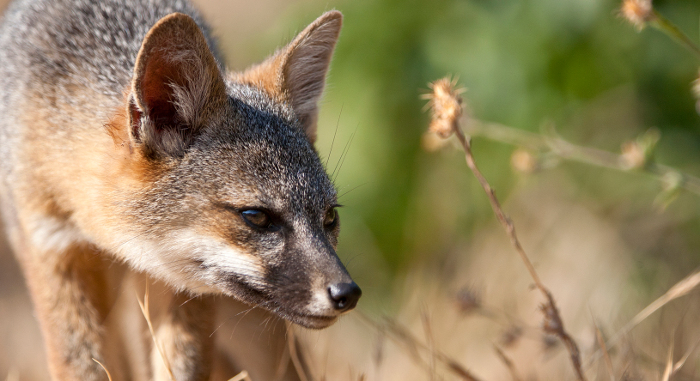
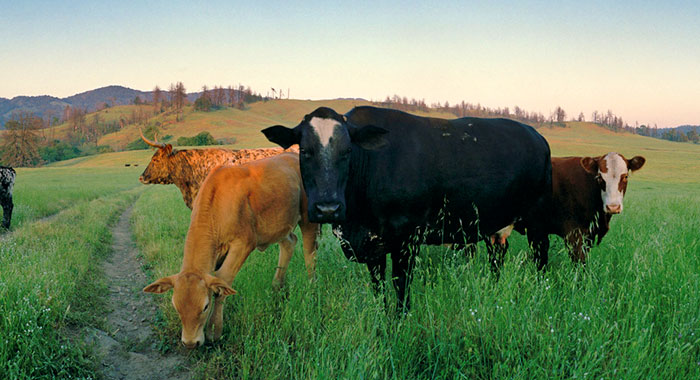
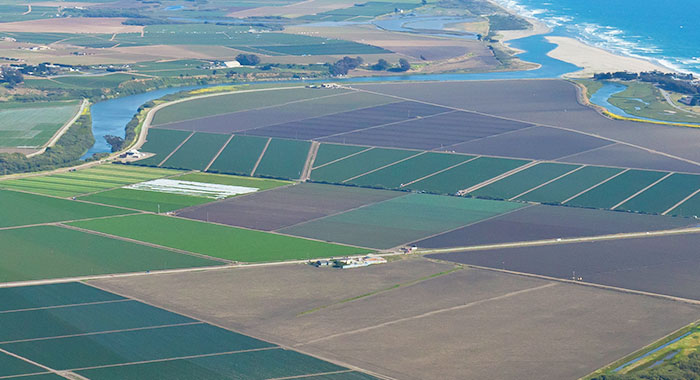

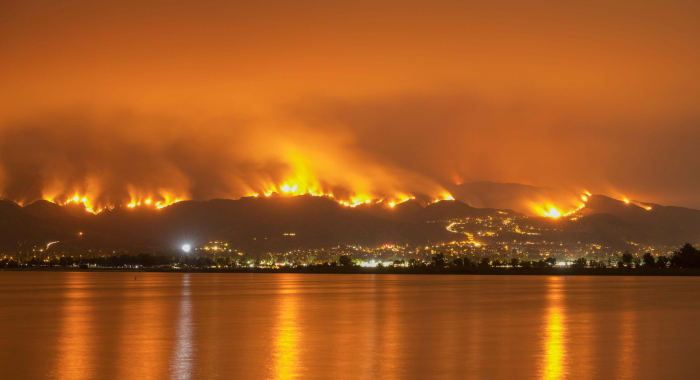
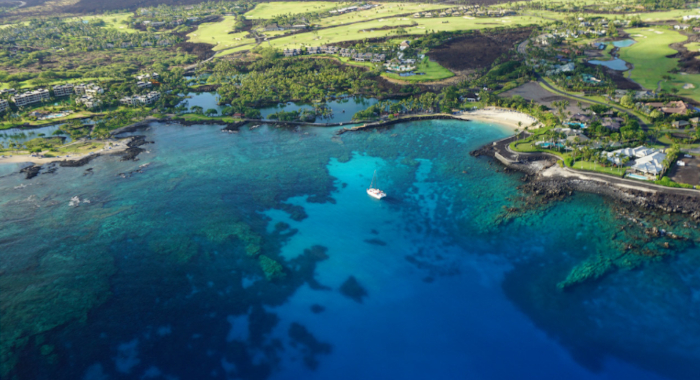
Jill E. Spear, Erik K. Grijalva, Julia S. Michaels, Sophie S. Parker
This paper discusses the impact of urban-dwelling plants and animals on regional wildland populations, both within and across species. The authors reviewed the global conservation literature and…Sophie S. Parker, Jim Moore, Leonard Warren
The 185 mile-long Amargosa River, one of only two rivers with perennial flow in the California portion of the Mojave Desert, is fed by an ancient groundwater aquifer. The river provides habitat for…The Conservancy’s Omniscape tool provides a connectivity roadmap for plants and animals that need to adapt as the climate warms.
Alexander C.A.D., F. Poulsen, D.C.E. Robinson, B.O. Ma , R.A. Luster
Management of the Sacramento River and Sacramento–San Joaquin Delta is one of California’s greatest challenges, requiring trade-offs between valued components that serve a multiplicity of…Seth P. D. Riley, Trish Smith, T. Winston Vickers
Freeways are barriers to wildlife passage and gene exchange. In Southern California, mountain lion movement has been severely restricted due to this infrastructure. As a result, the mountain…Aburto-Oropeza, O., M. Edwards, S. Butterfield, and 93 additional authors
The U.S. and Mexico face many shared ecological changes due to the increased frequency and severity of droughts and rising energy demands; trends that entail economic costs for both nations and…Parker, S.S., B.V. Brown, B.S. Cohen, N.S. Fraga, J.J. Knapp, Z. Principe, J. Moore, G.B. Pauly, J.M. Randall, T.A. Wake
A bioblitz is a collaborative, rapid field assessment that takes place in a given location over a short period of time. This paper discusses how bioblitz events involving experts are being used to…Justine E. Hausheer, Mark D. Reynolds, Greg Golet
Gregory H. Golet, Candace Low, Simon Avery, Katie Andrews, Christopher J. McColl, Rheyna Laney, Mark D. Reynolds
Migratory birds face great challenges due to the climate change, conversion of historical stopover sites, and other factors. To help address these challenges, the Conservancy launched a dynamic…H. Scott Butterfield, Rodd Kelsey, Abigail Hart, Tanushree Biswas, Mark Kramer, Dick Cameron, Laura Crane, Erica Brand
California's Sustainable Groundwater Management Act (SGMA) established a framework for sustainable, local groundwater management. SGMA requires groundwater-dependent regions to…Parker, S.S., B.S. Cohen, N. Fraga, B. Brown, J. Cole, W. Chatfield-Taylor, K. Guadalupe, G.B. Pauly, D. Cooper, M. Ordeñana
In 2017, The Nature Conservancy co-organized an “Expert BioBlitz” to explore a 26-mile stretch of the Wild and Scenic Amargosa River, located in the heart of the Mojave Desert. The event…Energy+Environmental Economics for The Nature Conservancy, Arne Olson, Doug Allen, Vivian Li, Emily Leslie
California leads the nation in the transition to a clean energy economy. However, current transmission planning processes limit development of new renewable resources. This report (slide deck),…D. Richard Cameron, David C. Marvin, Jonathan M. Remucal, Michelle C. Passero
Combatting climate change will require using all available tools, especially those that contribute to other societal and economic goals, such as natural resource protection and energy security.…Rodd Kelsey, Edward Smith, Tanushree Biswas, Chris McColl, Kristen Wilson, Dick Cameron
This report provides a systematic regional-scale assessment of biodiversity, fire regime change, and fire risk to infrastructure of forested watersheds across the Sierra Nevada and prioritizes…Lawrence D. Ford, H. Scott Butterfield, Pete A. Van Hoorn, Kasey B. Allen, Ethan Inlander, Carrie Schloss, Falk Schuetzenmeister, Miriam Tsalyuk
The Nature Conservancy developed RDMapper, a web-based tool that uses satellite-based productivity estimates, rainfall records, and compliance history to identify easement properties at risk of being…